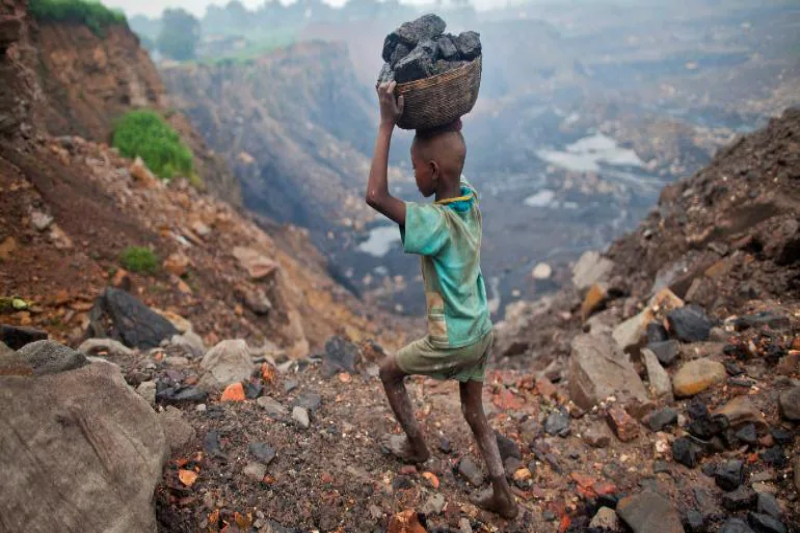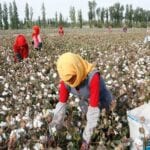
child labour
Covid-19 pandemic is continuing to cast adverse impact on economy in an unprecedented way. Economy collapse along with schools closure along with lack of government assistance has led to extensive degree of child labor where children are pushed into exploitative and dangerous circumstances. Ahead of World Day against Child Labor which is on June 12, 2021, Human Rights Watch highlighted this in a report. The 69-page report titled “‘I Must Work to Eat’: Covid-19, Poverty, and Child labor in Ghana, Nepal, and Uganda” was co-published with Initiative for Social and Economic Rights (ISER) in Uganda, and Friends of the Nation in Ghana.
The research was conducted around examining child labor and impact of poverty due to Covid-19 pandemic in fueling it. Children have described grueling circumstances like long working hours, dangerous and hazardous working conditions for receiving a little wage after their parents lost jobs to pandemic and schools shut down. Dangerous working conditions that were highlighted include violence, harassment and pay theft.
Jo Becker, children’s rights advocacy director at Human Rights Watch said, “Many children feel they have no choice but to work to help their families survive, but a rise in child labor is not an inevitable consequence of the pandemic. Governments and donors should scale up cash allowances to families to keep children out of exploitative and dangerous child labor and protect children’s rights to education and an adequate standard of living.”
The report was made after interviewing 81 children who are working, some as young as 8, panning across Ghana, Nepal and Uganda. The sectors where these children are employed include brick kilns, gold mines, carpet factories, fisheries, stone quarries, mechanics, rickshaw drivers, agriculture and construction.
Related Posts
Children working in Ghana and Uganda report of using dangerous tools amid hazardous working conditions, including crushing ore with hammer and handling toxic mercury manually to extract gold from the ore. Children at stone quarries report of being injured with flying stone pieces that sometimes got into their eyes. All three countries’ children worked at least 10 hours a day and also seven days a week. Some children in carpet factories in Nepal report of working up to 14 hours a day. Low wages is another issue as well as withholding of wages by employer.
Pandemic induced lockdown led to closed schools and option of remote learning is not an option for these children as they battle poverty with minimum to no government assistance. “For many families with children, government assistance in response to the pandemic has been far too little to protect their children from dangerous and exploitative work. As millions of families struggle financially due to the pandemic, cash allowances are more important than ever to protect children’s rights,” Becker said.














